- Automobiles & Motorcycles
- Beauty & Personal Care
- Business Services
- Chemicals
- Construction & Real Estate
- Consumer Electronics
- Electrical Equipment & Supplies
- Electronic Components & Supplies
- Energy
- Environment
- Excess Inventory
- Fashion Accessories
- Food & Beverage
- Furniture
- Gifts & Crafts
- Hardware
- Health & Medical
- Home & Garden
- Home Appliances
- Lights & Lighting
- Luggage, Bags & Cases
- Machinery
- Measurement & Analysis Instruments
- Mechanical Parts & Fabrication Services
- Minerals & Metallurgy
- Office & School Supplies
- Packaging & Printing
- Rubber & Plastics
- Security & Protection
- Service Equipment
- Shoes & Accessories
- Sports & Entertainment
- Telecommunications
- Textiles & Leather Products
- Timepieces, Jewelry, Eyewear
- Tools
- Toys & Hobbies
- Transportation
What Is the Best Method for Detecting Surface Cracks?
Detecting surface cracks is an essential task in various industries, including manufacturing, construction, aerospace, and engineering. Surface cracks can compromise the structural integrity of materials and components, leading to potential failures and safety hazards. In this 800-word essay, we will explore some of the best methods for detecting surface cracks and their applications in different industries.
Visual Inspection: Visual inspection is the simplest and most common method for detecting surface cracks. It involves visually examining the surface of the material or component for any visible cracks, fissures, or discontinuities. Visual inspection can be conducted by the naked eye or with the aid of magnifying tools, such as microscopes or magnifying glasses. While visual inspection is relatively straightforward, it is limited to detecting cracks that are visible to the human eye and may not be suitable for detecting smaller or subsurface cracks.
Dye Penetrant Inspection: Dye penetrant inspection, also known as liquid penetrant testing, is a widely used method for detecting surface cracks. It involves applying a liquid dye onto the surface of the material and allowing it to penetrate any surface cracks through capillary action. After a specified time, the excess dye is removed, and a developer is applied to draw out the penetrated dye from the cracks, making them visible to the inspector. Dye penetrant inspection is effective for detecting surface cracks in non-porous materials such as metals, ceramics, and certain plastics.
Magnetic Particle Inspection: Magnetic particle inspection is a non-destructive testing method used to detect surface and near-surface cracks in ferromagnetic materials. It relies on the principle that when a magnetic field is applied to a ferromagnetic material, any discontinuity or crack will cause a leakage field, attracting magnetic particles to form visible indications. The inspector applies magnetic particles (either dry or suspended in liquid) to the surface, and the particles will accumulate at the crack locations, making them easily detectable. Magnetic particle inspection is widely used in industries such as automotive, aerospace, and manufacturing.
Ultrasonic Testing: Ultrasonic testing utilizes high-frequency sound waves to detect cracks and other defects in materials. An ultrasonic transducer sends sound waves into the material, and the reflected waves are analyzed to identify any anomalies, including cracks. By measuring the time it takes for the sound waves to travel through the material and return, the size and location of the crack can be determined. Ultrasonic testing is effective for both surface and subsurface crack detection in a wide range of materials, including metals, plastics, and composites.
Further reading:
Capacitive Touch Displays: The Technology Behind Modern Interactive Screens
What is SF6 Gas, and Why is it Used in Loadbreak Switchgear?
Wire and Cable Professional Knowledge
What are the different types of emergency power supplies?
Which types of electric under blankets are suitable for different bed sizes and mattress types?
What Does LCD Stand For?
Exploring Low Voltage Shunt Capacitors
Eddy Current Testing: Eddy current testing is a non-destructive testing method used primarily for detecting surface cracks and near-surface defects in conductive materials. It relies on electromagnetic induction to identify variations in electrical conductivity caused by cracks or discontinuities. A coil carrying an alternating current is placed in proximity to the material being tested, and changes in the electrical impedance indicate the presence of cracks. Eddy current testing is commonly used in industries such as aerospace, automotive, and electrical equipment manufacturing.
X-ray and Radiographic Testing: X-ray and radiographic testing involve the use of high-energy electromagnetic radiation to detect cracks and other internal defects in materials. X-rays or gamma rays are passed through the material, and the resulting image reveals the internal structure, including any cracks or voids. This method is effective for detecting both surface and subsurface cracks and is commonly used in industries such as aerospace, oil and gas, and weld inspections.
Thermography: Thermography, also known as infrared thermographic testing, is a method that uses infrared imaging to detect surface cracks and defects. It relies on the principle that surface cracks or discontinuities produce different heat patterns compared to the surrounding area. By using an infrared camera, the inspector can detect temperature variations on the surface, revealing the presence of cracks. Thermography is effective for detecting cracks in a variety of materials and is commonly used in building inspections, electrical systems, and manufacturing processes.
In conclusion, detecting surface cracks is crucial for ensuring the structural integrity and safety of materials and components. Various methods, such as visual inspection, dye penetrant inspection, magnetic particle inspection, ultrasonic testing, eddy current testing, X-ray and radiographic testing, and thermography, can be employed to detect surface cracks in different materials and industries. The choice of method depends on factors such as the material being tested, the size and depth of the cracks, and the specific requirements of the industry or application. By utilizing these methods, defects and cracks can be identified early, allowing for timely repairs and preventing potential failures.
For more information, please contact us. We will provide professional answers.
Types of TFT Display Modules: Comparison and Selection Guide
What is a snap mount capacitor?
Understanding the Benefits and Advantages of Electric Fence Energizers
Which features make a portable power station with an LFP battery an ideal choice for outdoor adventures?
Encapsulated Transformer: Redefining Power Distribution for a Sustainable Future
What are Types and Applications of Lithium Batteries?
Advantages and Applications of OLED Display Modules
Related Articles
If you are interested in sending in a Guest Blogger Submission,welcome to write for us!





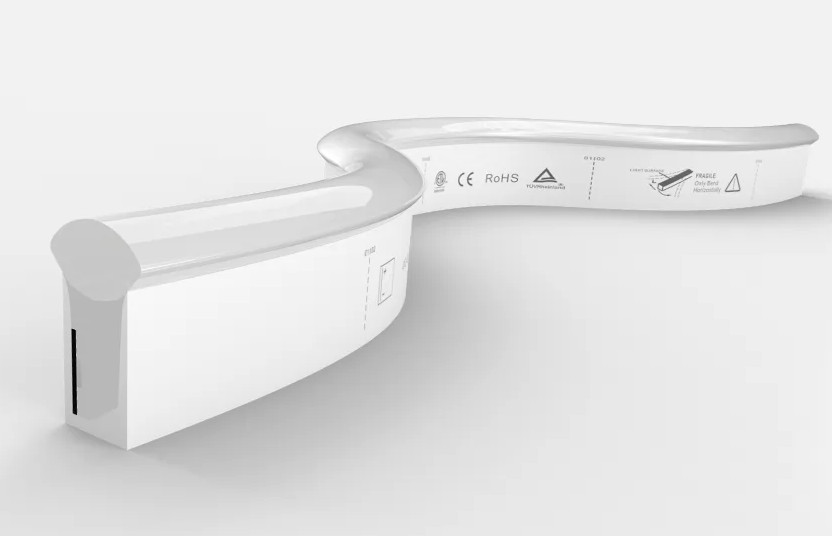
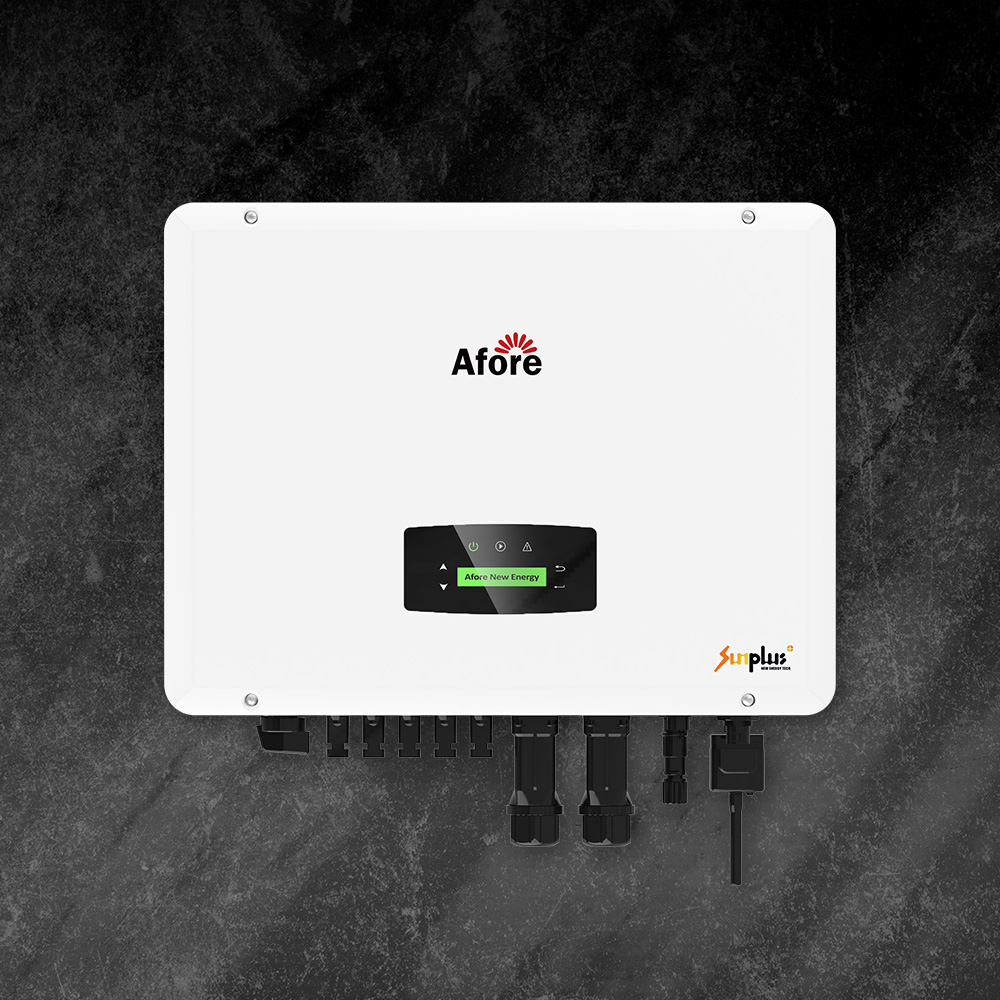
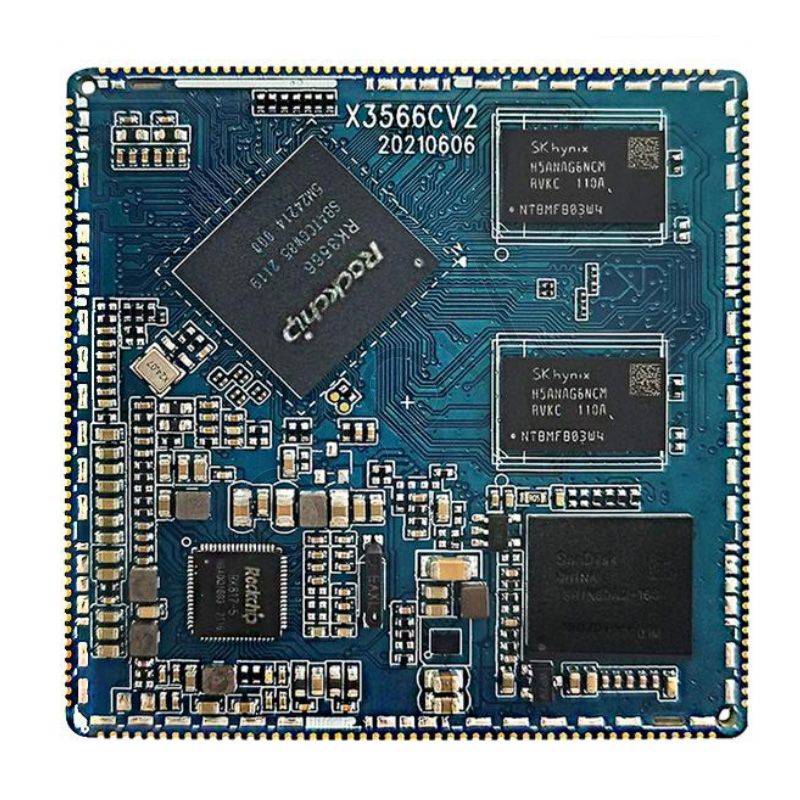
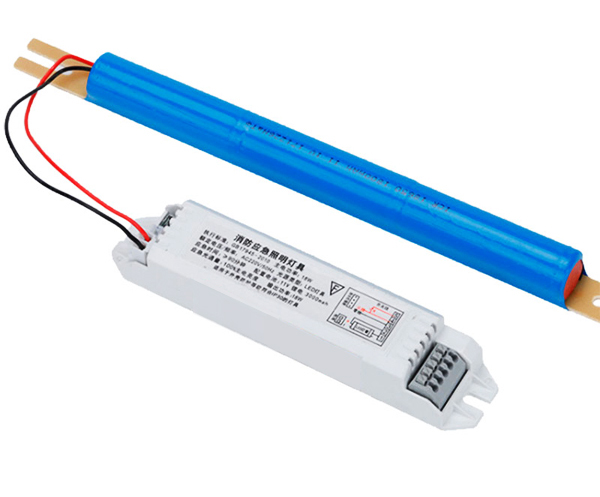
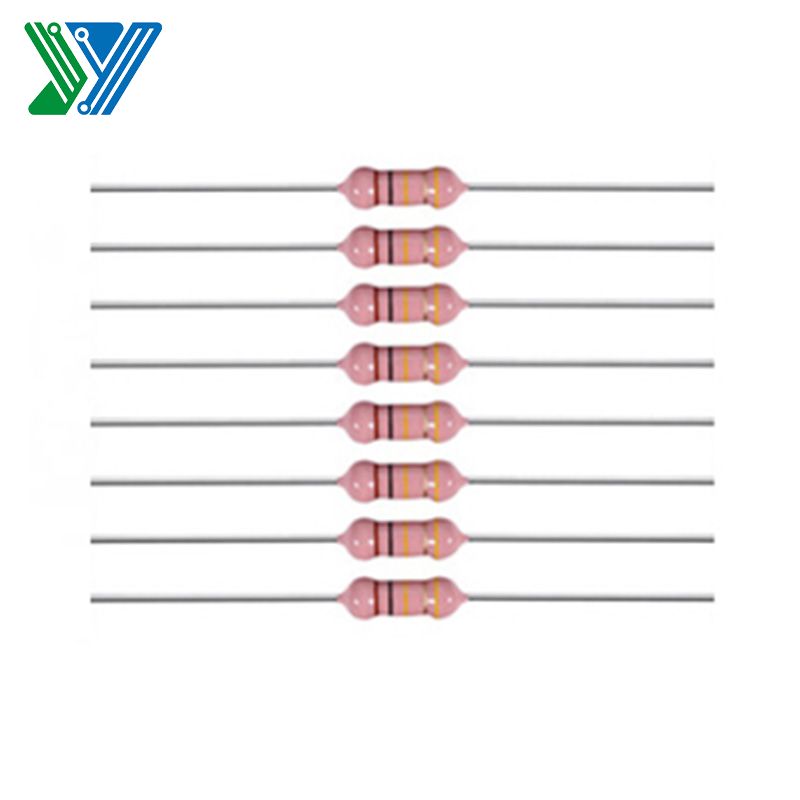
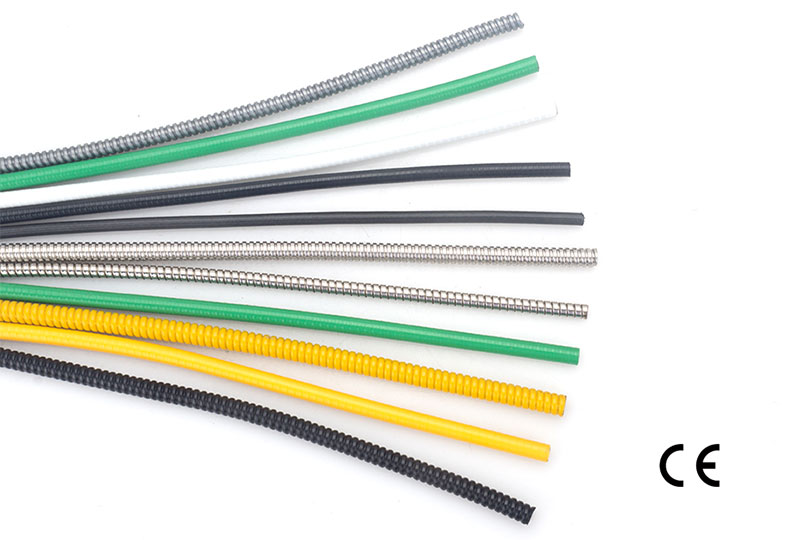
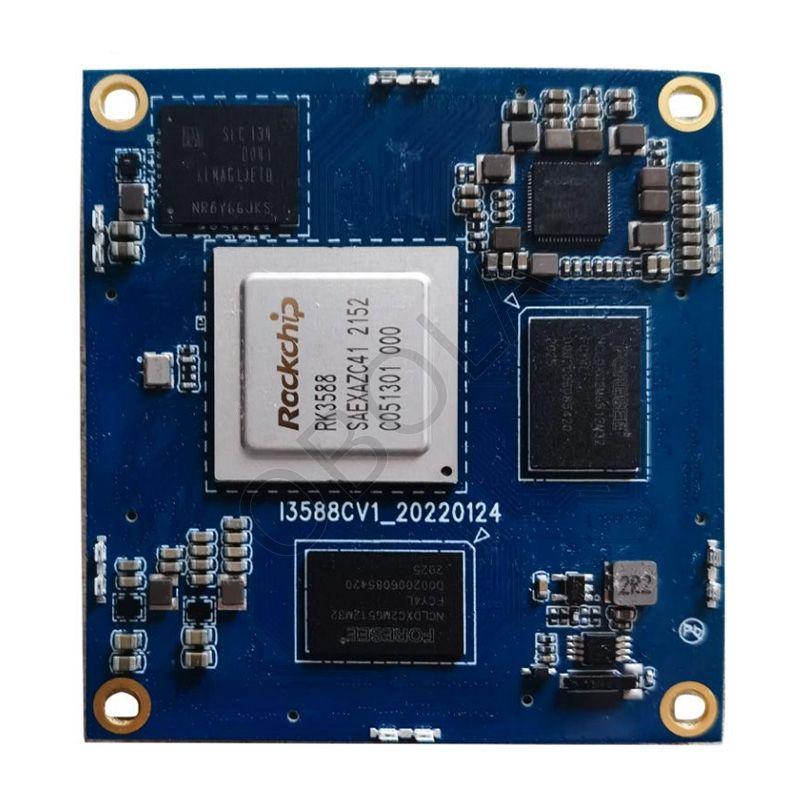
Comments
0